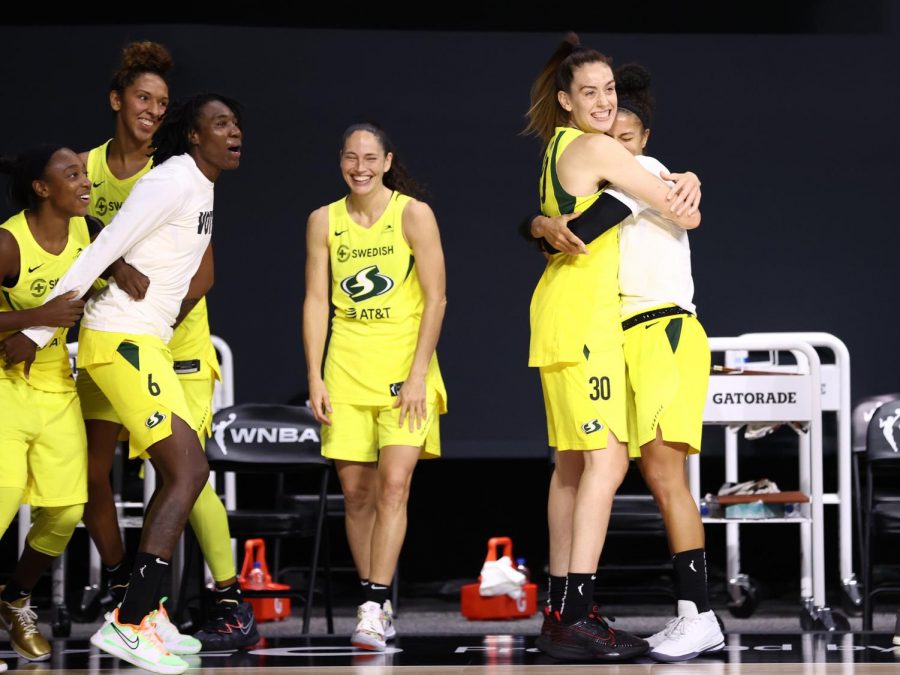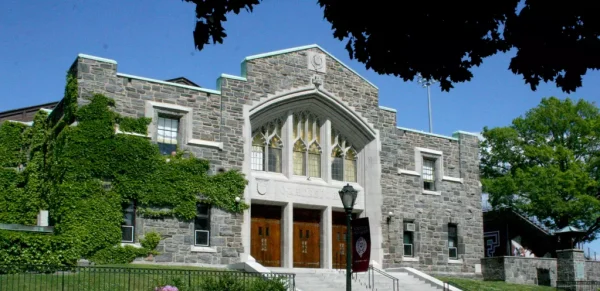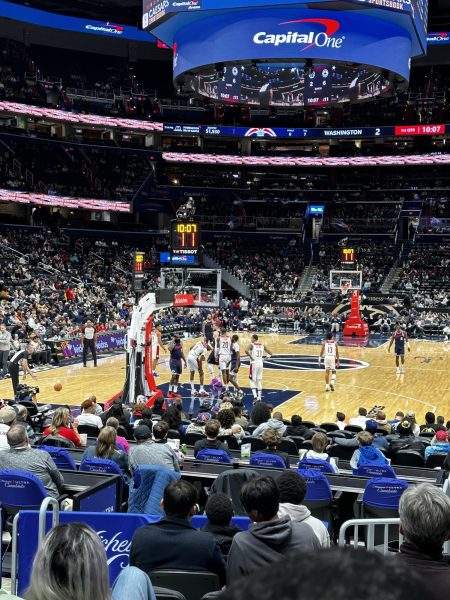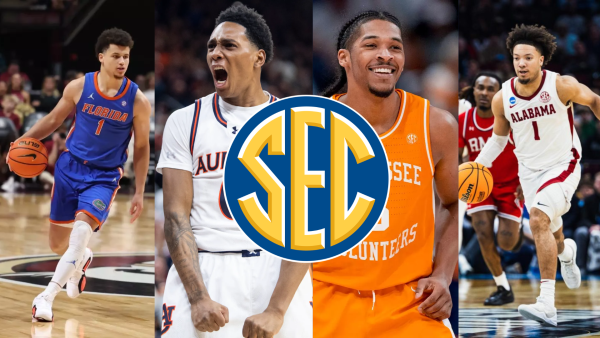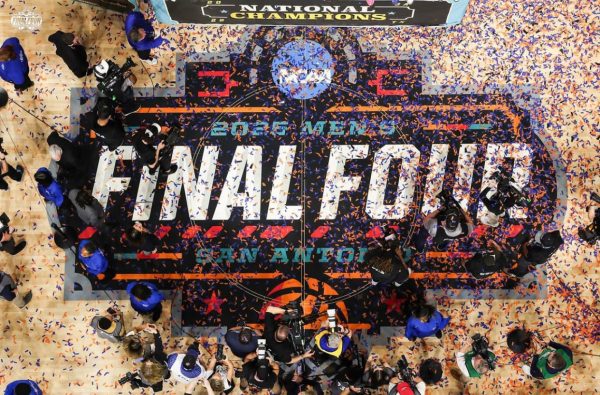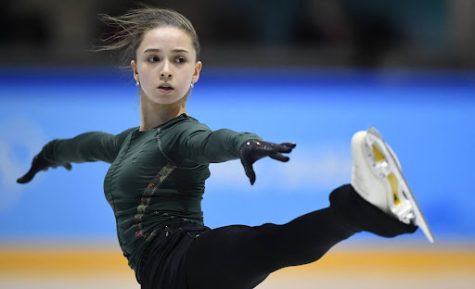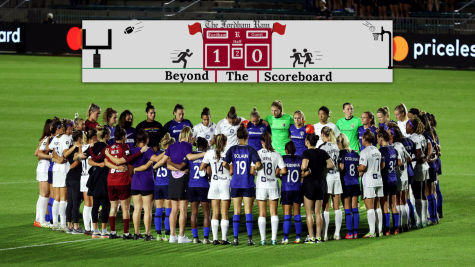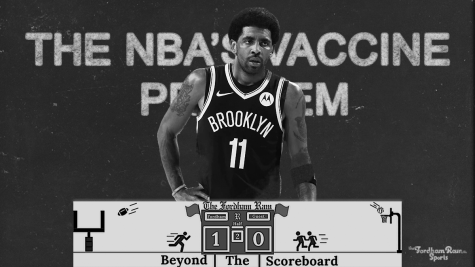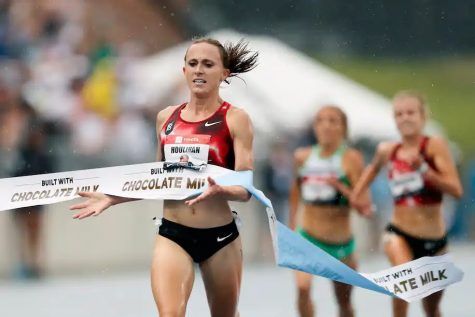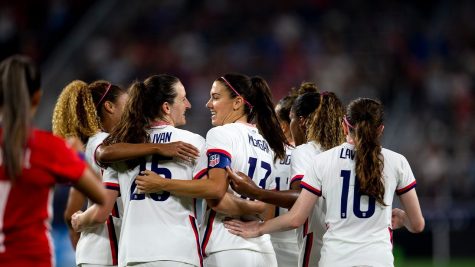Beyond the Scoreboard: Get Behind the WNBA or Get Left Behind
In a year filled with tremendous uncertainty for professional sports leagues throughout the country trying to complete their respective seasons amid the coronavirus pandemic, one thing has become crystal clear: when given sufficient national television coverage, an audience does exist for the WNBA that will only continue to thrive moving forward.
The 2020 WNBA season came to its championship conclusion on Tuesday night between the Seattle Storm and Las Vegas Aces. Behind a game-high 26 points from superstar forward and eventual WNBA Finals MVP Breanna Stewart, Seattle won game three convincingly over Las Vegas 92-59, completing the biggest margin of victory in WNBA Finals history. Alongside future hall of famer and arguably the greatest WNBA player of all time in point guard Sue Bird, Seattle is firmly in position to capture more championships with their core group as currently constructed.
More importantly, an average of 570,000 people tuned in to ESPN and watched the Storm earn its fourth title in team history. The network saw its coverage of this year’s game three go up 34% year-over-year compared to game three of the 2019 WNBA Finals between the Connecticut Sun and Washington Mystics. Consider this: the 2020 WNBA Finals averaged 440,000 viewers throughout its three games, up 15% over last year’s finals, which saw a competitive and compelling series that needed all five games before Washington eventually triumphed to become champions.
And it wasn’t just the WNBA Finals that saw an upsurge in television ratings. Speaking with media members before the finals began, league commissioner Cathy Engelbert revealed average WNBA viewership has increased 68% in 2020 as 87 of 132 games were televised nationally.
Engelbert concluded the growth in viewership ultimately justifies certain sacrifices that needed to be made coming into this season, explaining, “It was a tough year, but this is one year in a multi-year transformation. So, we’re going to keep the course. The option of not having a season and being out of the sports landscape for 20 months was going to be more devastating financially…this was 100% worth it in the end.”
In order to obviate a potential coronavirus outbreak, the WNBA made a substantial sacrifice by playing its entire season in a bubble environment. Doing so would effectively cost all 12 teams millions of dollars generated by ticket sales and in-stadium purchases by its respective fan bases.
Yet, the “Wubble” was absolutely successful given that aside from three inconclusive tests before a league semifinal game between the Seattle Storm and Minnesota Lynx (all three players would subsequently test negative), there were zero confirmed coronavirus cases at IMG Academy in Brandenton, Fla. where the WNBA resided for over three months to finish this season. When you take into account other leagues that did not implement an entire season inside a bubble and have seen various confirmed cases from multiple teams like in Major League Baseball (MLB) and now the National Football League (NFL), I can only commend the WNBA for making a preeminent decision to prioritize health and safety by committing to a bubble setting.
Another point of paramount significance for the WNBA was officially dedicating its season to Breanna Taylor, who was innocently killed at her home by Louisville police back in March, as well as to Black Lives Matter and the Say Her Name movement, which raises awareness for Black women victims of police violence.
Unfortunately, those dedications were met with extraneous castigation from some, most notably Atlanta Dream co-owner and Senator of Georgia, Kelly Loeffler. Loeffler’s objection prompted her to write a letter essentially asking to “remove politics from sports.” Fortunately, the WNBA understands, like the majority of us do, that there is nothing political about using your platform to advocate for fundamental concepts such as racial equality and social justice. The WNBA didn’t use this as an opportunity to gain favor with any particular political party. However, do not get it twisted: this league has not and will never acquiesce to those who tell them to “shut up dribble” or “stick to sports.”
All WNBA fans, including myself, would tell you that it should come as no surprise to see television ratings trending up with more national exposure. Expanding the WNBA’s reach has always been predicated on providing casual sports fans with ample accessibility and convenience through consistent national coverage of games. Increased viewership only confirms my suspicion that once casual sports fans received more WNBA exposure, they would finally realize the best basketball players in the world do not just reside in the National Basketball Association (NBA).
Stewart gave a perfect summation in her postgame interview on SportsCenter With Scott Van Pelt when asked about what she hoped the WNBA accomplished this year in playing under such unique circumstances. Stewart ended her answer by delivering a clear and direct message to sports fans everywhere, simply saying, “People need to get behind women, and people need to get behind the WNBA.”



































































































































































































